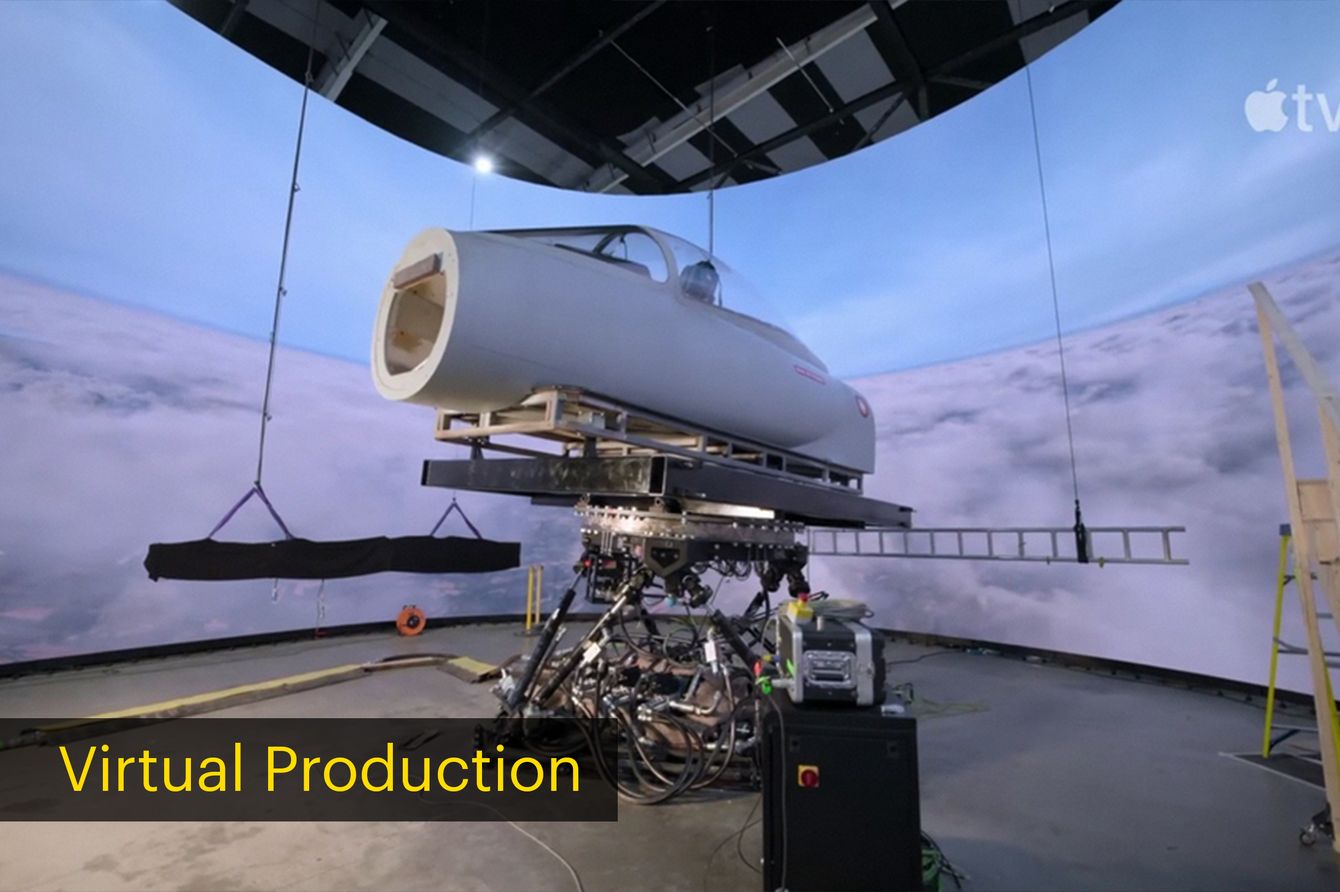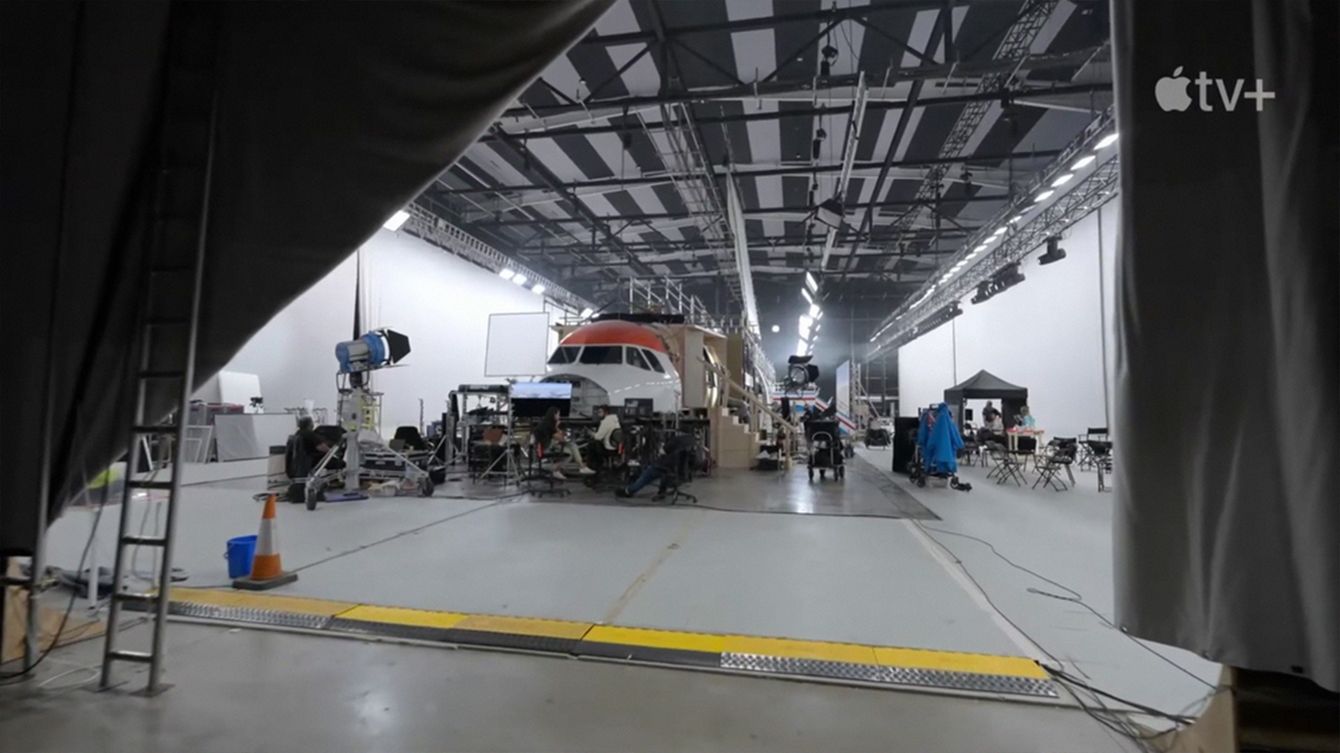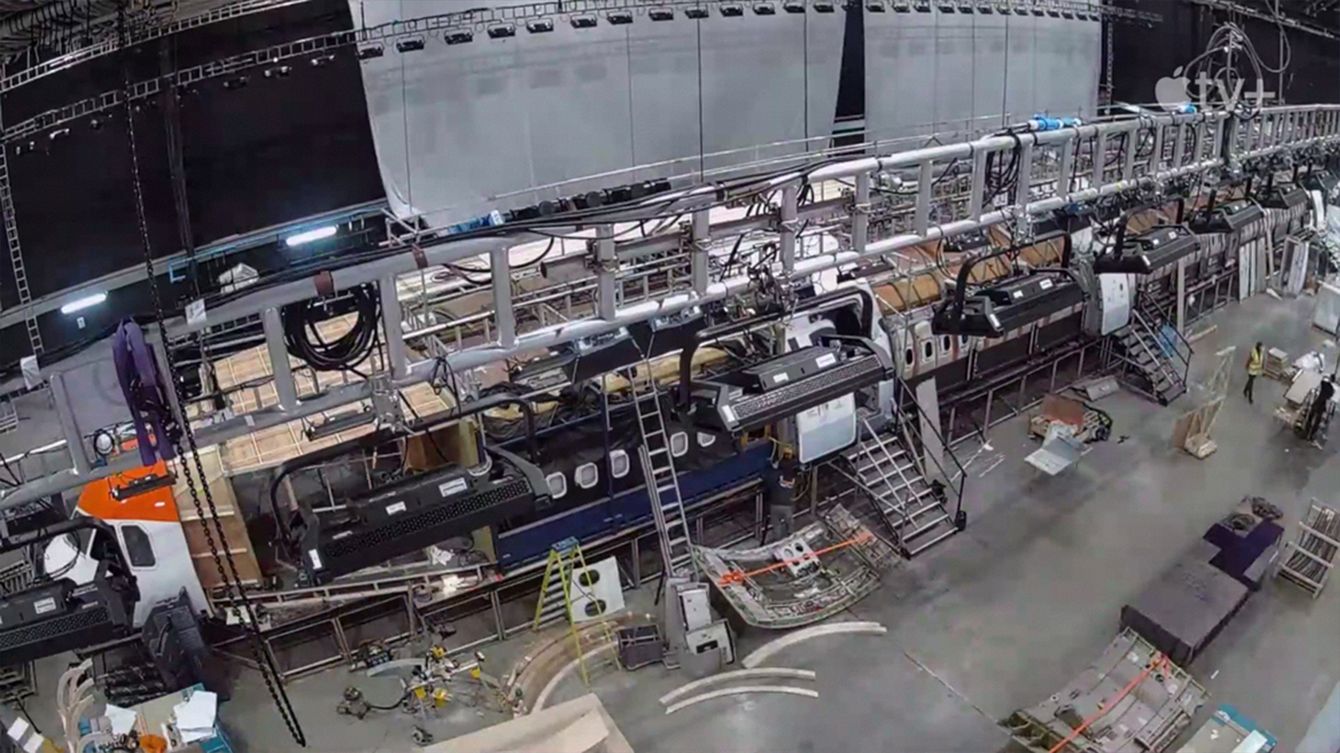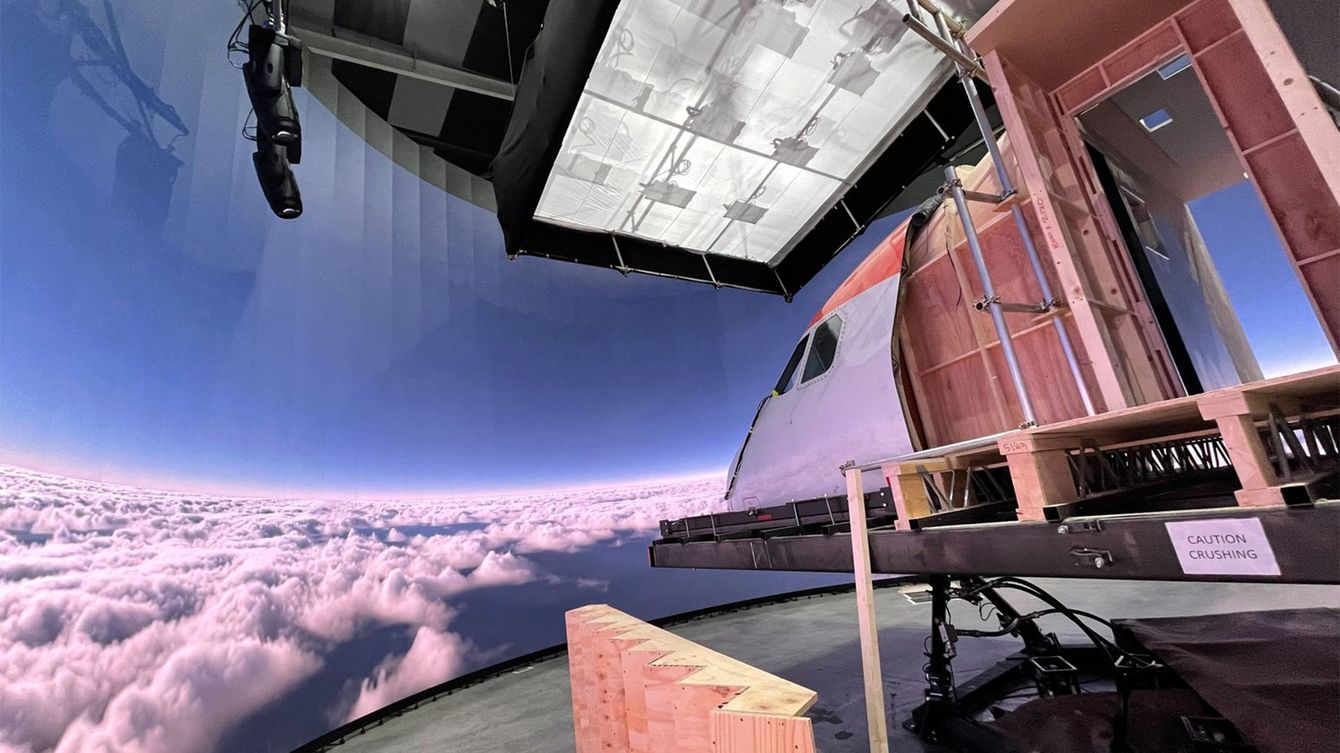Cockpit to Camera: Lux Machina’s PIXERA Workflow for Apple TV+’s 'Hijack'
Lux Machina's collaboration with Apple TV+ on the series 'Hijack' not only showcased their innovative use of the PIXERA system but also demonstrated its remarkable efficiency.
With its media server capabilities, PIXERA enabled Lux Machina to streamline production by seamlessly combining real-time and pre-rendered content, leading to significant cost and time savings.
Phil Galler, President of Lux Machina's during the time of production, explained using a "3D to 2D workflow" that allowed them to iterate quickly on environments in Unreal Engine while leveraging PIXERA to output EXR image sequences. "We were able to create most of the environments in Unreal and iterate very quickly on them…then achieve a much more photorealistic quality by using this 3D to 2D workflow," Galler said. This hybrid approach was crucial for "Hijack," which required extensive cockpit and airplane environments for the high-stakes drama, where the use of LED walls to simulate flight conditions added realism.
In addition to the visual innovation, PIXERA's capabilities allowed the production to save a considerable amount of money by avoiding around 1,000 visual effects shots, translating to an estimated $10 to $15 million in savings. Galler noted, "It would've been green screen and plates…they probably would have changed the way they shot the show," highlighting how PIXERA's workflow allowed the team to avoid more labor-intensive VFX techniques.
Lux Machina's integration of LED walls, virtual skies, and dynamic cloud environments didn't just provide actors with a visually immersive experience, it made them feel like they were part of the story. The LED walls, for instance, displayed live-moving sky content visible through the airplane windows, adding a layer of realism that enhanced the actors' performances.
Through the use of virtual production, the Lux Machina team not only enhanced on-set realism but also demonstrated the adaptability of the PIXERA system. Galler shared that 'multiple layers were baked out so that we could combine things dynamically…color adjustments could be done in real-time,' showcasing the system's flexibility and its ability to process high-quality renders overnight.
This innovative approach helped the series earn critical praise for its visual storytelling, positioning it as a contender for future awards in technical categories like the Emmys for Outstanding Visual Effects. As Galler noted, "Not only can we do it, we can do it at the level that ILM or VIX Mundo probably would have with a hundred people," underscoring how Lux Machina's PIXERA-driven production was not only cost-effective but technically groundbreaking.



